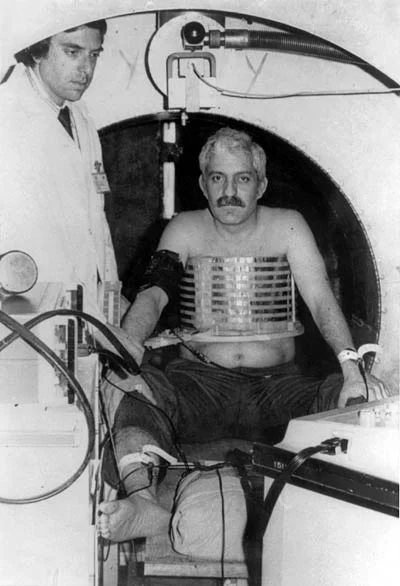The field of computer vision has witnessed remarkable advancements since its inception. In this article, we will delve into the period from 1980 to the late 1990s, highlighting significant milestones, key players, and technological breakthroughs that shaped the evolution of computer vision during this era.
Rise of Image Processing Techniques:
In the early 1980s, image processing techniques became a prominent focus of computer vision research. Researchers, such as John Canny and David Lowe, developed algorithms for edge detection, image enhancement, and feature extraction, enabling more robust analysis of visual data.
Development of Object Recognition Algorithms:
During the 1980s, efforts were made to develop algorithms capable of recognizing and classifying objects within images. David Marr, Tomaso Poggio, and their colleagues laid the foundation for object recognition by introducing the concept of multi-scale image analysis and proposing models for object representation and inference.
Integration of Artificial Intelligence and Computer Vision:
In the late 1980s, there was a significant shift towards integrating artificial intelligence (AI) techniques with computer vision. Prominent researchers, including Geoffrey Hinton, Yann LeCun, and Terry Winograd, explored the application of neural networks and machine learning algorithms to improve object recognition, scene understanding, and visual perception.
Advancements in 3D Computer Vision:
The 1990s witnessed remarkable progress in 3D computer vision. Marc Pollefeys, Richard Hartley, and Jean Ponce made significant contributions to the field by developing techniques for 3D reconstruction from multiple images, camera calibration, and structure from motion, paving the way for applications in robotics, virtual reality, and augmented reality.
Face Recognition and Biometrics:
In the 1990s, researchers such as Takeo Kanade, Alex Pentland, and Pawan Sinha made significant breakthroughs in face recognition and biometrics. Their work laid the foundation for techniques like eigenfaces, active appearance models, and local binary patterns, which are still widely used in face recognition systems today.
Industrial Applications and Commercialization:
By the late 1990s, computer vision started making its way into various industrial applications. Companies like Cognex Corporation and Matrox Imaging introduced automated quality control systems for industries like manufacturing and electronics. Medical imaging technologies, such as MRI and CT scanners, incorporated advanced computer vision algorithms for more accurate diagnostics.
 APPOINTMENT
APPOINTMENT
